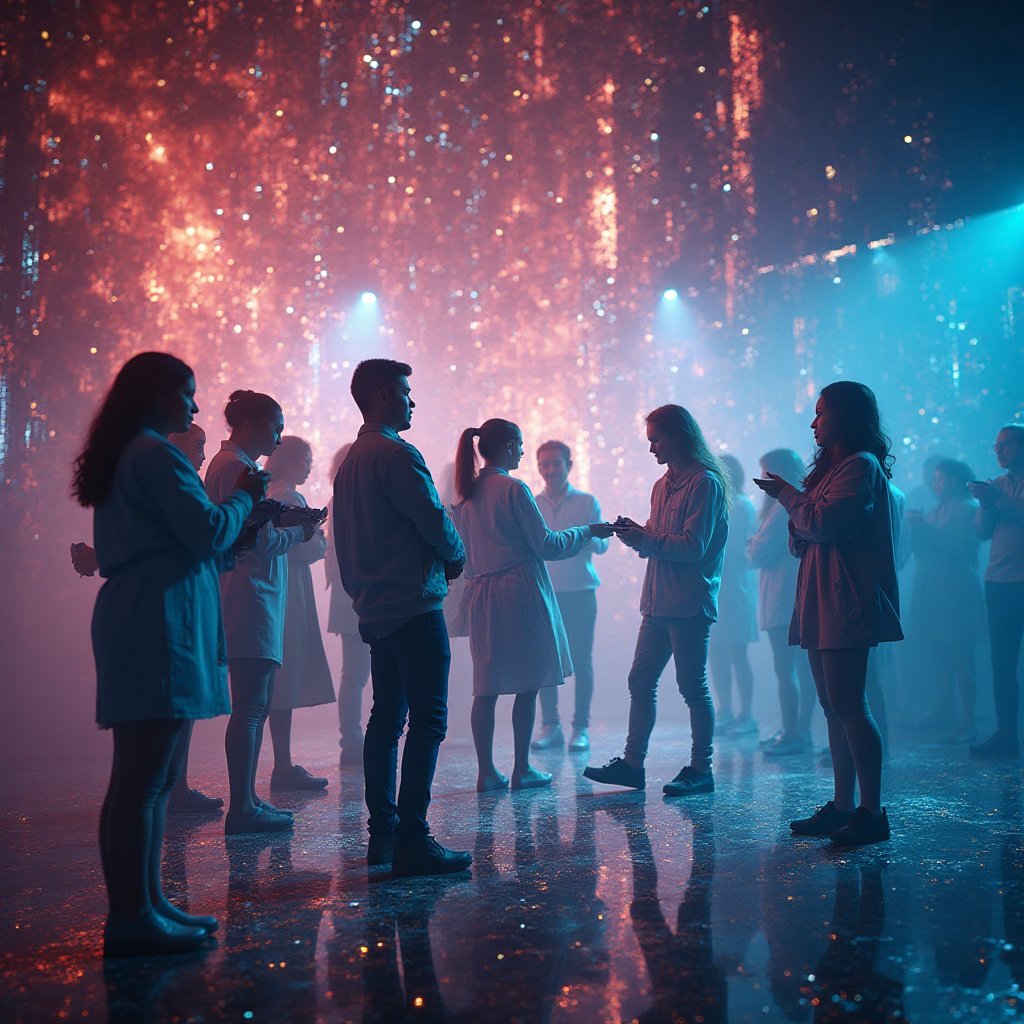Video game actors have been fighting for better working conditions, and it seems their efforts might pay off soon. According to The Verge, SAG-AFTRA has reached a preliminary agreement that offers "necessary AI guardrails," hoping to protect actors in the world of gaming. This topic should matter to everyone, especially gamers and industry experts, because it touches upon the future of video games, job security for voice actors, and the role of artificial intelligence in creative work.
Let me explain why this issue is more than just a contract between actors and companies. It embodies the struggles of many in the gig economy, where job security is often a question mark. According to statistics from U.S. Bureau of Labor Statistics, the gig economy has been on the rise over the last decade, leading to both new opportunities and new challenges. Actors are part of this puzzle, and how their contracts evolve can ripple through the entire industry.
For years, video game actors have been voicing their concerns over low pay, unhealthy working conditions, and the use of artificial intelligence. Major game developers often record actors’ voices for characters, but using AI technology has sparked fears about job displacement. This brings us to the recent developments in negotiations.
The Details Behind the Deal
What did the deal entail, and why is it being considered a win? Here’s a breakdown of some key points:
- AI Protections: The new agreement includes measures that protect actors from unauthorized use of their voice and likeness. This means AI cannot simply replicate their work without permission.
- Better Pay: The deal aims to provide better wages and working conditions for voice actors. This can lead to more comprehensive support for those in this volatile field.
- Health and Safety: A commitment to ensure that work environments are safe and conducive to healthy labor has been included in the dialogue. This reflects an increased awareness of mental well-being amid intensive recording sessions.
- Transparency: The new deal emphasizes clearer communication between actors and studios, ensuring that all parties understand their rights in the new landscape of gaming.
These crucial components can help reinvigorate the video game industry, giving actors what they need while enhancing the gaming experience. The future of gaming depends not just on the technology but also on the people behind the games we love.
First-Hand Experiences and Case Studies
The stories of those involved add a human element to the negotiations. For instance, voice actor Nolan North, known for his role in Uncharted, shared his experience of working long hours for minimal pay. His story is not uncommon; many actors face inconsistent work and low compensation.
Statistics from SAG-AFTRA highlight the challenges within the industry: less than 10% of voice actors make a living wage from their work. This new deal could significantly affect those statistics, allowing for more actors to sustain themselves through voice work.
Potential Objections or Limitations
While this deal sounds promising on the surface, there are critical perspectives we should consider. Not everyone is convinced that the measures taken will be enough to protect actors.
- Implementation Issues: Some worry about whether companies will genuinely enforce these new rules. Without enough oversight, it’s possible that existing issues could continue or even worsen.
- Generational Divide: Younger actors may have differing views on technology compared to veterans. Not everyone agrees on the best way to integrate technology into voice work.
- Economic Pressures: Smaller studios may struggle to comply with the new guidelines. Increased costs could potentially lead to fewer job opportunities in the industry.
These concerns should not be taken lightly. Open discussions around them are essential for a truly equitable deal.
The Bigger Picture
This strike and its agreement highlight larger cultural conversations about labor rights, particularly in the tech and entertainment sectors. As seen in industries from transportation to education, workers everywhere are demanding fair conditions. The fight for rights in the gig economy reflects a growing societal recognition that workers need to feel secure as they power our favorite experiences.
Conclusion
As we await the finalization of this SAG-AFTRA agreement, the fate of video game actors rests on the shoulders of negotiation. Whether it's about their financial security or their digital footprints, the implications are far-reaching, affecting all of us – gamers, creators, and industry leaders alike. Are we prepared to embrace the future of gaming while also ensuring the rights of the creators who make it possible?
What do you think about the emergence of AI in creative jobs? Is it time for a revolution in how we think about and protect workers in the gig economy? Share your thoughts in the comments below!
Join us in becoming a part of the iNthacity community, and let’s work together toward a brighter digital future. Apply to become a permanent resident, then a citizen of iNthacity, the "Shining City on the Web" here.
Disclaimer: This article may contain affiliate links. If you click on these links and make a purchase, we may receive a commission at no additional cost to you. Our recommendations and reviews are always independent and objective, aiming to provide you with the best information and resources.
Get Exclusive Stories, Photos, Art & Offers - Subscribe Today!
























Post Comment
You must be logged in to post a comment.